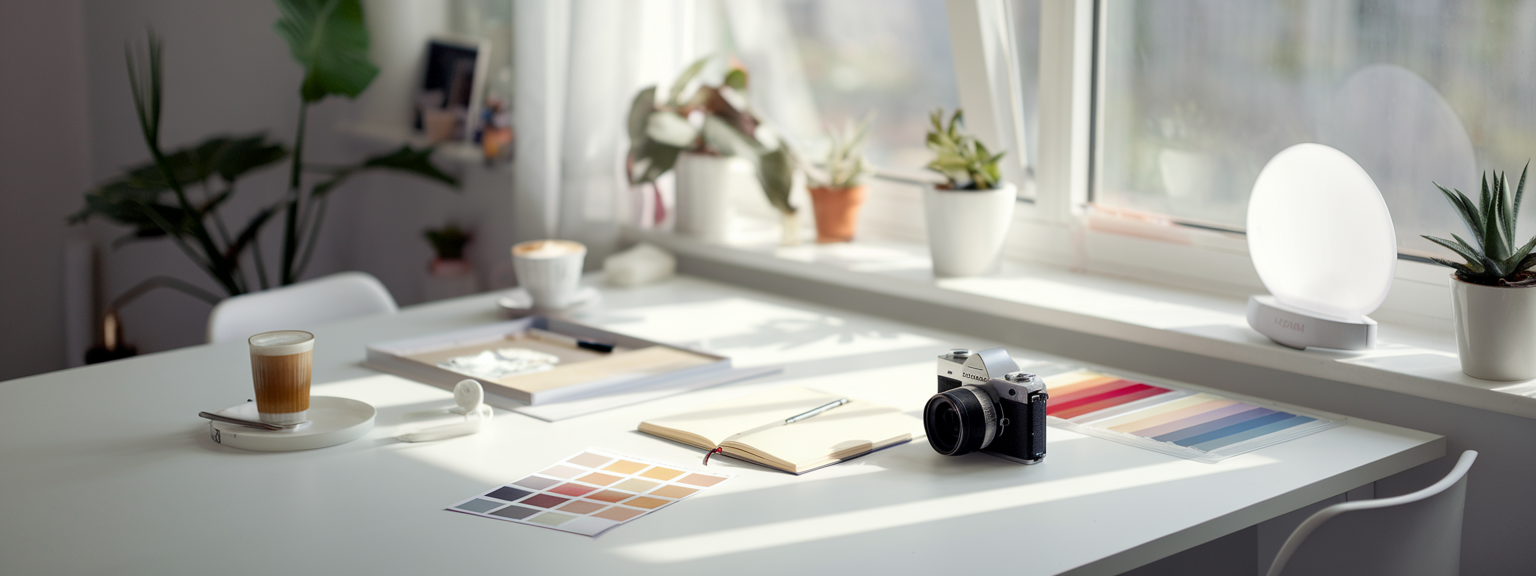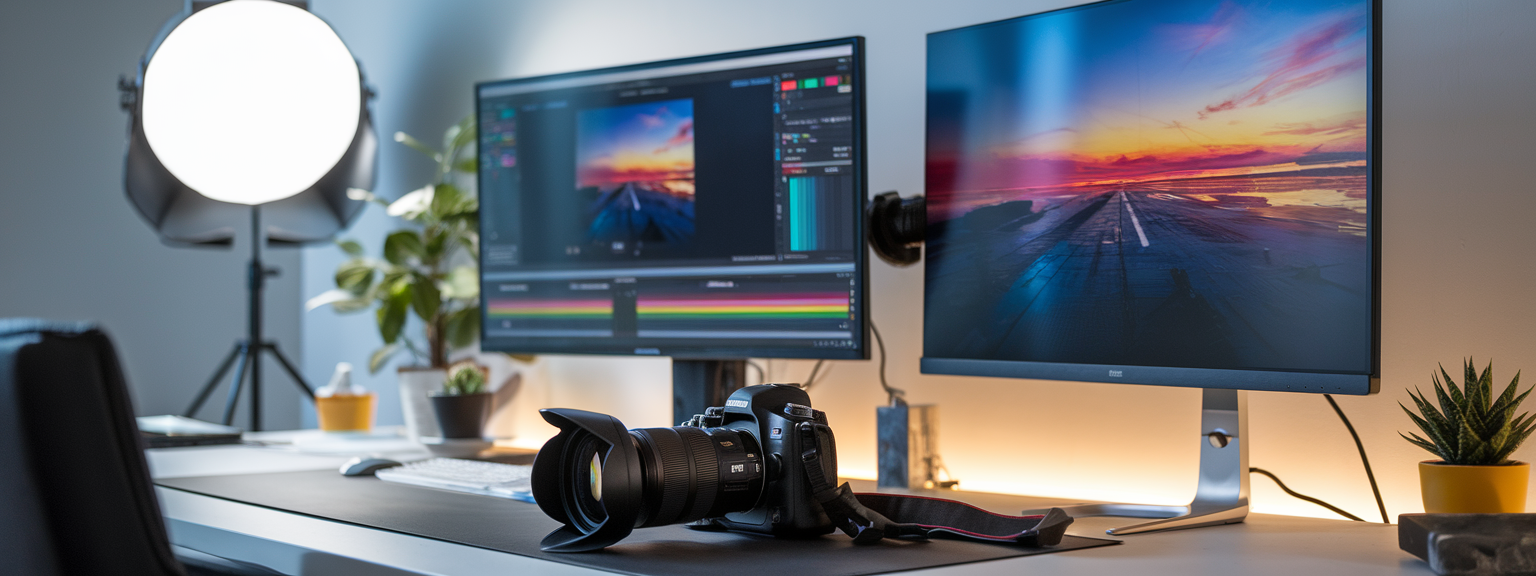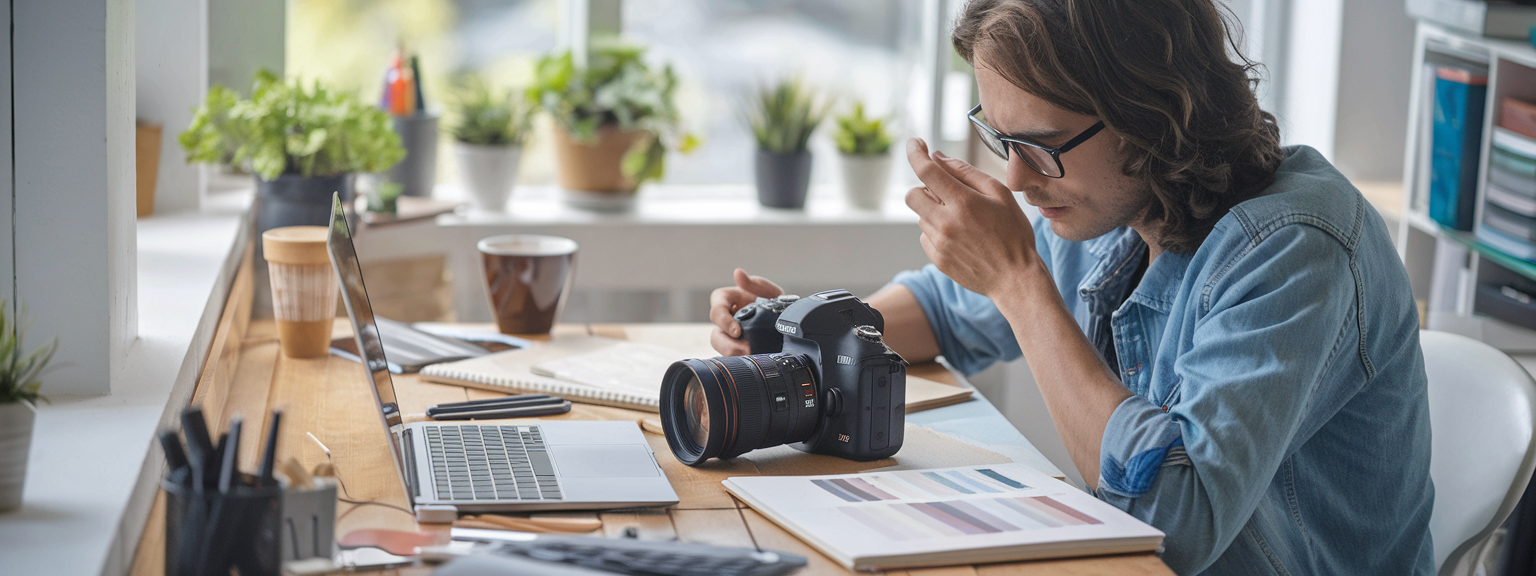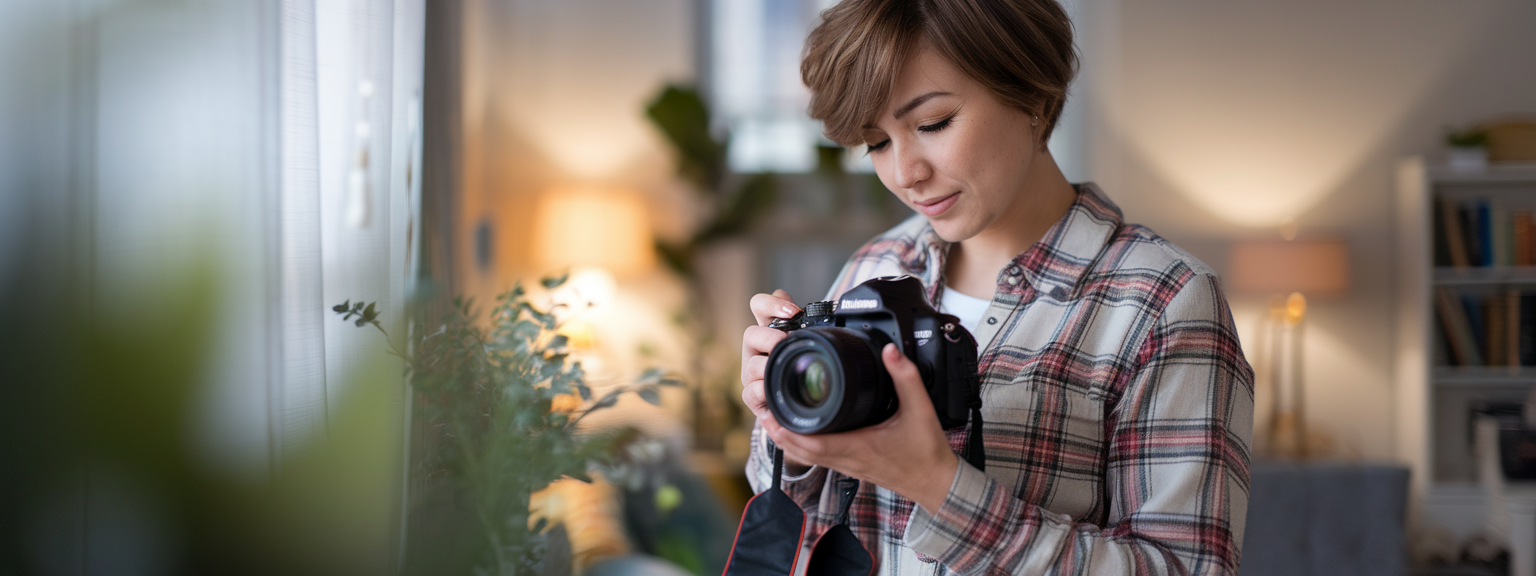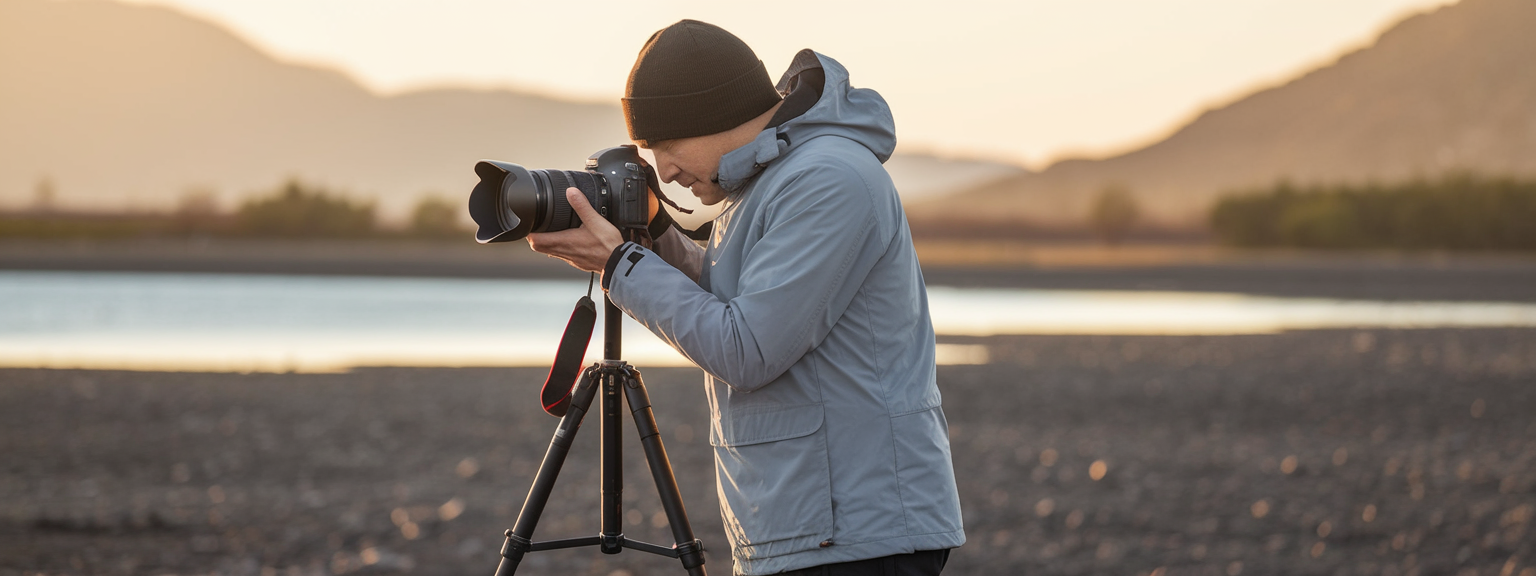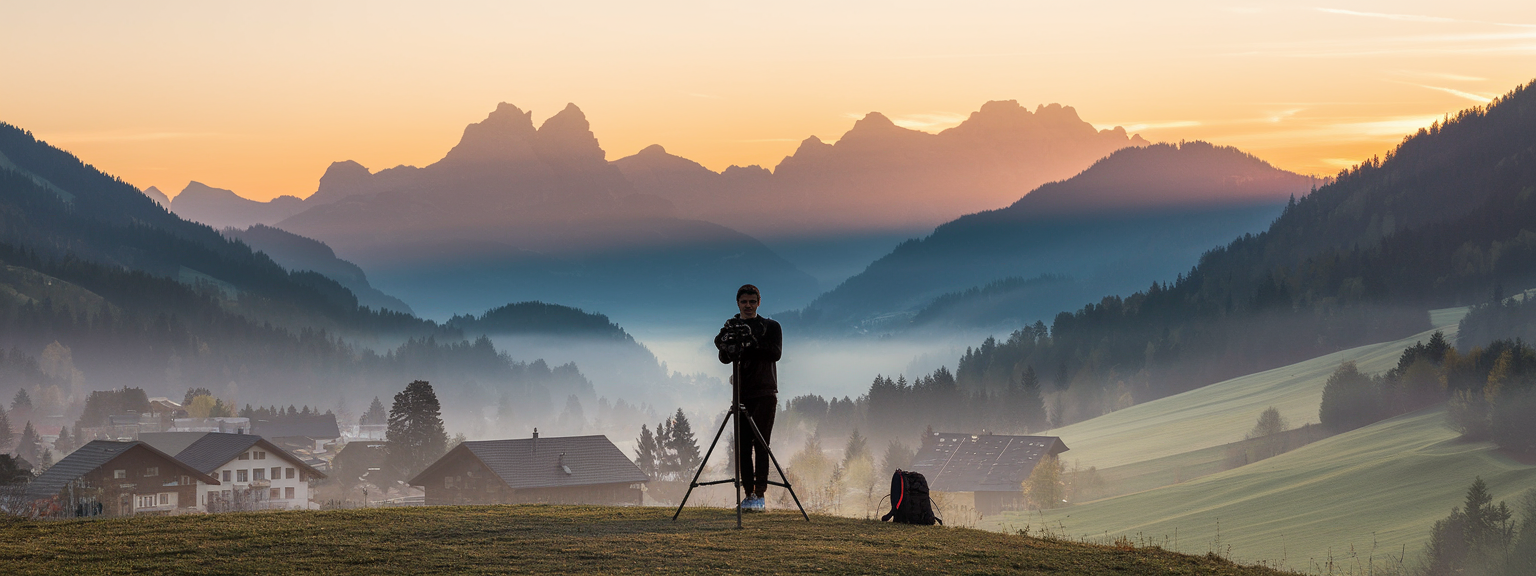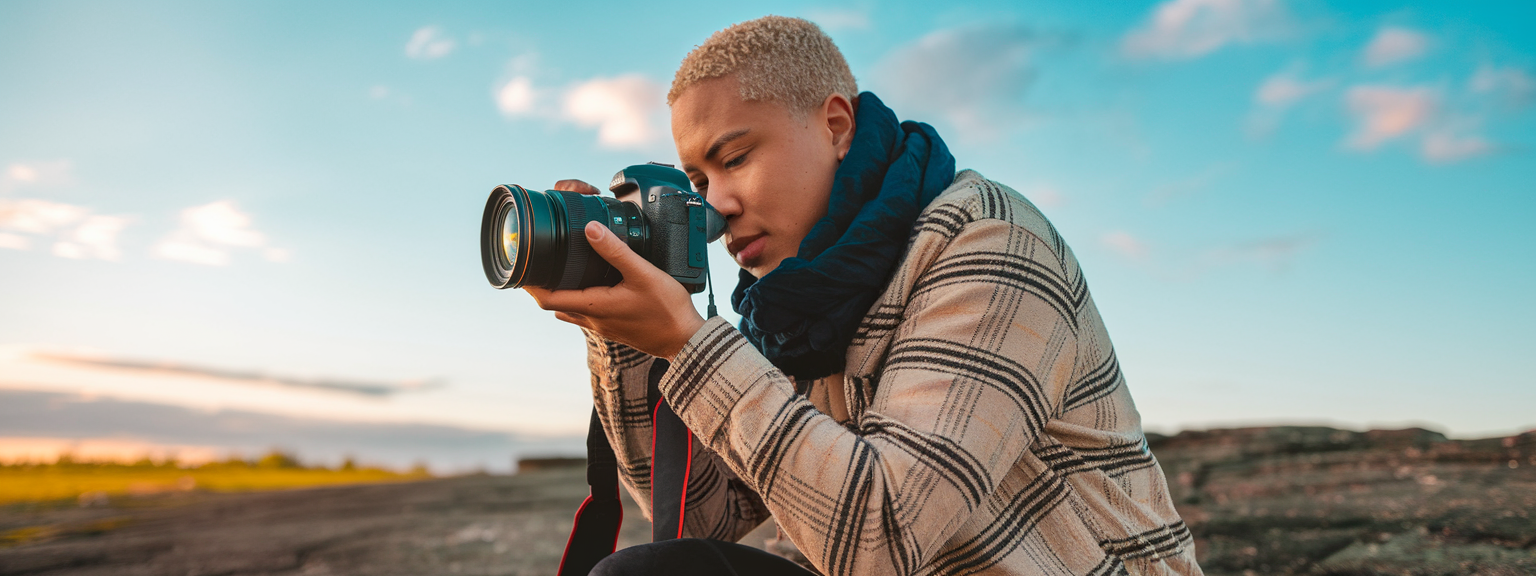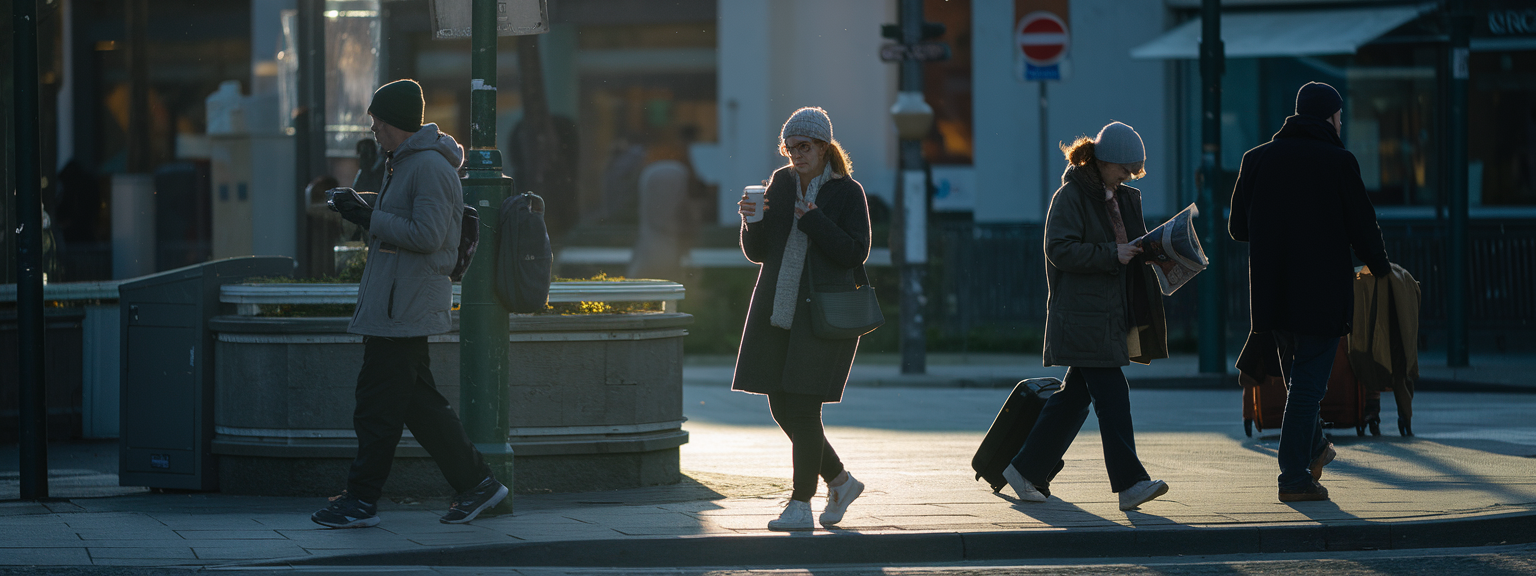Essential Tips for Travel Photography: Capture Stunning Moments

📝 Step-by-Step Guide: Essential Tips For Travel Photography
Pre-Trip Preparations and Research
Before embarking on your journey, thorough pre-trip research is essential. Begin by defining your narrative. Ask yourself: What story do you want your images to tell? Whether it is the vibrant street scenes or serene landscapes, having a clear focus will help you choose the right camera settings and gear. As you plan, incorporate travel photography tips and photography techniques that align with the conditions you expect on your trip.
Research your destination by exploring online forums, blogs, and social media platforms. Note down the best locations to capture local culture and natural beauty, and review recommendations on camera gear and ideal camera settings for various lighting conditions. Moreover, check the weather forecast with apps like WeatherPro or AccuWeather to time your shots during the best light. Utilizing these essential tips for travel photography will prepare you for unexpected opportunities and ensure every image tells your story.
- Define Your Story: Identify whether your focus is on architectural marvels, landscapes, or street scenes.
- Research the Destination: Gather insights about local customs, cultural events, and popular photographic spots.
- Check the Weather: Use weather apps to plan for optimal shooting conditions.
- Equipment Checklist: Match your gear with anticipated scenes by selecting versatile lenses and accessories.
Mastering Your Camera Settings
Control over camera settings is a cornerstone of capturing high-quality images. For instance, adjust your ISO based on the ambient lighting: low settings for bright daylight and higher settings during low-light conditions. Familiarize yourself with adjusting aperture and shutter speed to creatively manage depth of field and motion capture for dynamic scenes.
Learn these essential tips for travel photography and integrate secondary details such as travel photography tips related to specific genres, including landscape photography and street photography. By fine-tuning white balance and metering modes, you can ensure accurate color reproduction, making your travel photography not only technically sharp but also visually appealing.
- ISO Sensitivity: Use low ISO in bright settings and higher ISO during dim conditions.
- Aperture: Choose a small aperture (f/11 to f/16) for landscapes and wider apertures (f/2.8) for portraits.
- Shutter Speed: Opt for slow shutter speeds to create motion blur or fast speeds to freeze movement.
- White Balance & Metering: Experiment with manual white balance to achieve true-to-life colors.
Composition Techniques
Strong composition is integral in showcasing the beauty of your surroundings. Use fundamental composition techniques such as the rule of thirds to balance your shot. This essential tip for travel photography not only makes your image aesthetically pleasing but also enhances overall storytelling.
Incorporate leading lines, natural frames, and layers into your images. This approach works equally well for both urban environments and secluded nature reserves. By combining these techniques, you can capture the depth and context of your travel scenes.
- The Rule of Thirds: Position your subject along the grid lines for visual balance.
- Leading Lines: Use roads, bridges, or pathways to draw attention to your subject.
- Natural Frames: Utilize doorways, arches, or branches to enclose your scene.
- Depth and Layers: Add foreground, midground, and background elements to create a three-dimensional effect.
Post-Processing Techniques
Post-processing is the final step to perfecting your travel photography. Software like Adobe Lightroom and Photoshop are essential tools to optimize exposure, contrast, and color balance. These techniques not only refine your images but also help maintain consistency across your portfolio.
When editing, focus on preserving the natural feel of the scene while enhancing necessary details. Subtle adjustments can produce striking results and emphasize the narrative of your trip. Continuously applying these essential tips for travel photography will guarantee that each image captures the essence of your experience.
📌 Practical Applications: Essential Tips For Travel Photography
Urban Exploration
In urban settings, capturing bustling streets and architectural highlights requires an agile approach to camera settings. For example, while exploring vibrant cities like Tokyo or New York, adjust your camera for low-light environments by increasing the ISO moderately and opting for a faster shutter speed to freeze fast-moving elements.
- Scenario: Walk through a neon-lit street and capture the interplay of urban lights and human activity.
- Camera Settings: An ISO around 800, shutter speed near 1/60s, and a wide aperture such as f/2.8 allow flexibility in low light.
- Composition: Utilize leading lines from sidewalks or reflections in puddles to create dynamic perspectives.
Landscape Photography in Nature Reserves
When photographing nature, focus on capturing expansive vistas and subtle details of the natural world. Early morning or late afternoon light provides soft, warm hues, making landscapes appear more dramatic. Essential tips for travel photography emphasize the correct interplay between camera settings and natural light to achieve clarity and vibrancy in your landscape shots.
- Scenario: A national park at sunrise with fog rolling over a calm lake.
- Camera Settings: Use a low ISO (100-200), a narrow aperture (f/11 or f/16), and a slow shutter speed if using a tripod.
- Composition: Apply the rule of thirds by positioning the horizon along one of the grid lines to capture both the sky and water.
Cultural and Street Photography
Cultural and street photography focuses on capturing candid moments that embody the spirit of a place. Whether it is a bustling market or a quiet neighborhood, applying practical travel photography tips can help reveal the cultural essence and unique personality of your subject.
- Scenario: A vibrant market in Marrakech filled with colorful produce and lively interactions.
- Camera Settings: A moderate ISO (400-800) permitted for indoor or mixed lighting, combined with a mid-range aperture (f/5.6) to capture detailed backgrounds.
- Composition: Frame your shot to include both the subject and cultural elements, creating layers that tell an authentic story.
💡 Tips & Tricks: Essential Tips For Travel Photography
Stay Prepared but Flexible
Always be ready to capture spontaneous moments. Although planning is imperative, the unpredictability of travel can yield the most memorable images. Keep your camera gear accessible, and ensure you have spare batteries and memory cards, incorporating essential tips for travel photography to deal with unexpected opportunities.
Use a Travel Photography Journal
Documenting your experiences in a detailed journal can serve as a reference for settings and locations that worked best. This habit reinforces your understanding of specific photography techniques and helps you refine your approach during future trips.
Experiment with Different Lenses
Utilize multiple lens types to broaden your creative perspective. A wide-angle lens is perfect for capturing expansive landscapes, whereas a prime lens enhances portraits with shallow depth of field and bokeh effects. Experimentation is key when applying these essential tips for travel photography.
Leverage Mobile Editing Apps
Quick edits on-the-go can be achieved using mobile apps such as Snapseed and VSCO. These apps complement more advanced desktop software and enable you to share your travel photography snapshots instantly.
Engage with Locals and Other Photographers
Networking is invaluable. Interacting with locals and fellow photographers can provide insider knowledge about the best photography spots and cultural nuances, further enriching your travel photography portfolio.
Protect Your Gear and Memories
Invest in protective gear like a durable backpack with dedicated camera compartments and use travel insurance for expensive equipment. Always back up your images to external storage or cloud services.
Utilize Natural Light
Make the most of the golden hours after sunrise and before sunset. Soft natural light minimizes harsh shadows, thereby enhancing the color and texture in your photos. This is one of the most effective essential tips for travel photography.
Consider Long Exposure Shots
For dynamic urban scenes or night compositions, long exposure can create a unique visual effect by capturing light trails and blurred motion. A sturdy tripod and remote shutter release are ideal for these conditions.
📸 Sample Scenario
An Icelandic Journey: Capturing the Northern Lights
Imagine you are in Iceland during winter, a prime moment for capturing the mesmerizing Northern Lights. This sample scenario integrates essential tips for travel photography with detailed camera settings and composition techniques.
Before you travel, plan by checking the weather and prime aurora viewing spots. Equip yourself with a DSLR or mirrorless camera, a sturdy tripod, and a fast wide-angle lens capable of delivering impressive clarity in low-light conditions. Your chosen settings should include a higher ISO (around 1600), a wide aperture around f/2.8 to f/3.5, and a shutter speed between 5 to 15 seconds. This setup allows you to balance the delicate light trails of the aurora with the darker Icelandic landscape.
Furthermore, incorporate a natural foreground element such as a rock formation or a reflective lake. Doing so adds depth and context to your image, making your application of essential tips for travel photography even more effective.
✅ Key Do’s for Effective Usage
- DO plan your trip meticulously by researching the local culture, weather conditions, and photography spots.
- DO experiment with different camera settings and lenses to adapt to varying environments including urban landscapes and nature reserves.
- DO employ composition techniques like the rule of thirds, leading lines, and framing to enhance your images.
- DO back up your images using multiple storage solutions to safeguard your photographs.
- DO engage with locals and fellow photographers to gain unique insights and discover hidden gems.
- DO invest in post-processing tools and maintain a consistent editing workflow for a polished look.
- DO capture both candid and staged moments to build a comprehensive narrative of your travels.
- DO continuously learn and update your techniques to remain current in the photography field.
❌ Common Mistakes to Avoid
- Avoid relying solely on auto settings that limit your creative control; always experiment with manual adjustments.
- Steer clear of poor composition by eliminating distracting background elements.
- Never neglect backups; losing your precious images due to lack of storage can upset your workflow.
- Do not shoot exclusively in harsh midday sunlight when softer natural light is available during golden hours.
- Avoid over-editing; subtle post-processing maintains the authenticity of your travel photography.
- Refrain from sticking to conventional angles; try different perspectives to capture unique images.
🔄 Troubleshooting & FAQs
Q1: What are the best camera settings for low-light travel photography?
For low-light conditions, start with a higher ISO (between 800 and 3200), use a wide aperture of around f/2.8 to f/4, and select a slower shutter speed. Using a tripod can alleviate camera shake and help you maintain clarity.
Q2: How do I choose the right lens for various travel scenarios?
A versatile zoom lens, such as a 24-70mm, is excellent for a variety of scenes, while a prime lens with a wide aperture like 50mm f/1.8 is perfect for portraits and low-light conditions.
Q3: How can I adapt quickly to changing weather conditions?
Always monitor the weather forecast before and during your trip. Equip your gear with weather protection and modify your camera settings to manage shifting light conditions efficiently.
Q4: What techniques ensure effective capture of candid moments?
Keep your camera ready with continuous shooting mode, use a moderate aperture to keep both subject and background in focus, and adopt a discreet approach while photographing candid moments.
Q5: How do I incorporate effective photo editing without overdoing it?
Develop a consistent editing workflow: adjust exposure, white balance, and contrast first, then fine-tune saturation and clarity. Batch processing in Lightroom can help maintain a uniform look across images.
Q6: What equipment is essential for travel photography?
Essential gear includes a reliable DSLR or mirrorless camera, versatile lenses (wide-angle, zoom, and prime), a sturdy yet lightweight tripod, extra batteries, memory cards, and a protective camera bag.
🖼️ Bringing It All Together
In conclusion, embracing these essential tips for travel photography will transform the way you capture your journeys. By carefully planning, mastering your camera settings, applying strong composition techniques, and refining your images during post-processing, you deliver a narrative that resonates. Every shot is an opportunity to share the essence of your adventures.
Remember, the journey of travel photography is continuous. With every trip, you will gain deeper insight into lighting conditions, cultural nuances, and technical mastery. By integrating robust travel photography tips, creative photography techniques, refined camera settings, and practical post-processing workflows, you enable yourself to consistently produce compelling images that tell unforgettable stories.
Keep experimenting and learning, and soon your photos will become a vibrant narrative of not only where you have been, but also the emotions and memories captured along the way. Embrace the adventure, and let every image reflect your passion for exploration.

